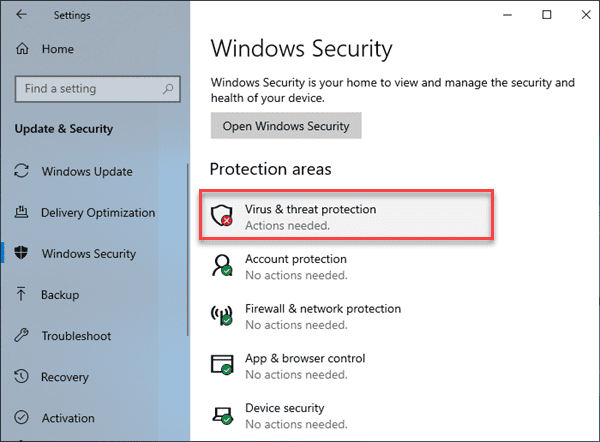
Outdated or corrupted drivers: Antimalware Service Executable can experience high CPU and memory usage due to the use of out-of-date Windows drivers and files.Full Scan: If you have added a lot of files or installed large files, Antimalware Service Executable will take time to do a full scan.Real-Time Protection Scan: If you find the Antimalware Service Executable: Microsoft Defender Antivirus Service takes up a lot of CPU and memory resources, which means the program may be scanning your PC for malicious software in real-time.Note: We highly recommended DO NOT disable the Antimalware Service Executable: Microsoft Defender Antivirus Service if you do not have a third-party antivirus installed. Antimalware Service Executable: Microsoft Defender Antivirus Service typically runs in the background constantly to monitor the PC. Reference What is Antimalware Service Executable: Microsoft Defender Antivirus Service?Īntimalware Service Executable is an essential Windows Defender service to protect your PC from malware threats. Solution 10: Disable Dell’s True Color app


Solution 9: Disable the Exploit Protection Service using PowerShell Solution 8: Cleanup Security intelligence updates Solution 6: Enable turn off Windows Defender group policy Solution 5: Stop Windows Defender Antivirus Service Solution 4: Disable Windows Defender via Registry Editor Solution 3: Modify Task Scheduler Trigger for Windows Defender Solution 2: Enable turn off Real-Time Protection group policy Solution 1: Turn Off Real-Time Protection from Windows Security

What is Antimalware Service Executable: Microsoft Defender Antivirus Service? After checking in the Task Manager, noticed that a process called Antimalware Service Executable: Microsoft Defender Antivirus Service takes up most of the computer resources.įollow the below solution steps to resolve Antimalware Service Executable high resource usage in Windows 11. Many Windows users reported facing high CPU, Disk, and memory usage on their Windows 11 PC.


 0 kommentar(er)
0 kommentar(er)
